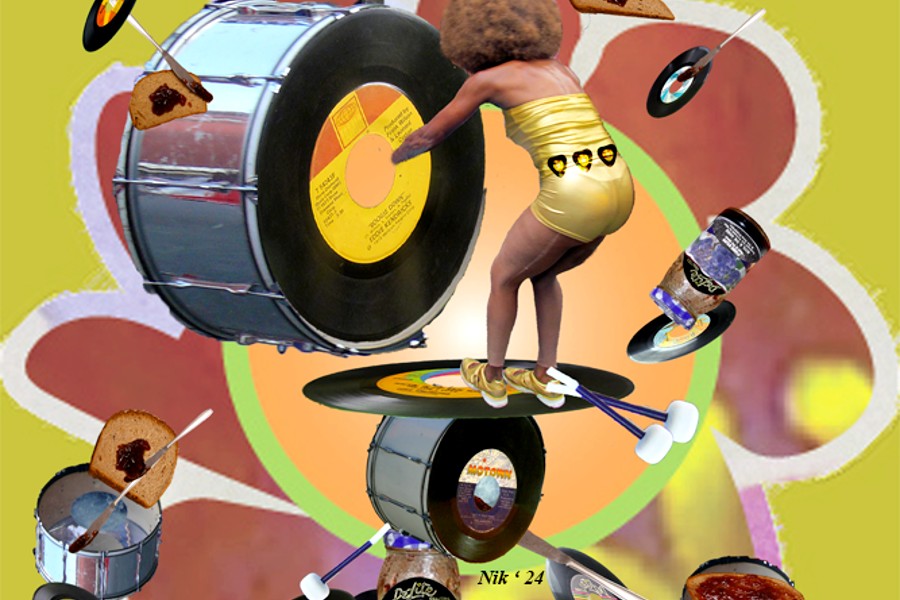
In the realm of office design, the table is more than just a piece of furniture; it’s a central element that impacts both the aesthetics and functionality of a workspace.
Contemporary office table designs emphasize sleekness, versatility, and ergonomics, reflecting the dynamic nature of modern work environments. This guide explores the essentials of contemporary office table designs, highlighting key trends, materials, and configurations that define the perfect workspace.
The Evolution of Office Tables
The evolution of office tables mirrors the broader changes in work culture office table design ideas. Traditional heavy wooden desks have given way to lighter, more adaptable designs that cater to the needs of the modern professional. This shift is driven by the increasing need for mobility, flexibility, and technology integration in the workplace.
Key Features of Contemporary Office Tables
Minimalist Aesthetics
Contemporary office tables often feature clean lines, minimal ornamentation, and a focus on simplicity. This minimalist approach not only contributes to a clutter-free workspace but also creates a calm and productive environment. The design philosophy is rooted in the idea that less is more, prioritizing function over form without sacrificing style.
Ergonomics
Ergonomics plays a crucial role in the design of contemporary office tables. Adjustable height settings, comfortable seating arrangements, and the provision for ergonomic accessories like keyboard trays and monitor stands are common features. These elements ensure that users maintain proper posture and reduce the risk of strain or injury.
Technology Integration
Modern office tables are designed to accommodate the technological needs of today’s professionals. Built-in cable management systems, wireless charging pads, and dedicated spaces for gadgets ensure that the workspace remains organized and free of clutter. This integration of technology enhances productivity and streamlines daily tasks.
Sustainable Materials
Sustainability is a key consideration in contemporary office table design. Many manufacturers are opting for eco-friendly materials such as recycled wood, bamboo, and low-VOC finishes. These sustainable choices not only reduce environmental impact but also contribute to a healthier indoor air quality.
Popular Materials and Finishes
Wood
Wood remains a popular choice for office tables due to its timeless appeal and durability. In contemporary designs, lighter wood finishes like oak, maple, and birch are favored for their ability to create a bright and airy atmosphere. Additionally, reclaimed wood is often used to add a touch of rustic charm while promoting sustainability.
Metal
Metal components, such as steel or aluminum legs and frames, are common in contemporary office tables. These materials provide strength and stability while contributing to a sleek, modern look. Powder-coated finishes in neutral or bold colors add a layer of customization to the design.
Glass
Glass tabletops offer a sophisticated and elegant option for office tables. They reflect light, making small spaces appear larger and more open. Tempered glass is preferred for its durability and safety features. Often, glass is combined with metal or wood bases to create a striking contrast.
Laminate
Laminate surfaces are prized for their affordability and versatility. They come in a wide range of colors and patterns, including wood grain and solid hues, allowing for extensive customization. Laminate is also easy to clean and maintain, making it a practical choice for busy workspaces.
Configurations and Styles
Executive Desks
Executive desks are designed to make a statement. They are typically larger, featuring rich materials and sophisticated finishes. These desks often include built-in storage options, such as drawers and cabinets, to keep the workspace organized and efficient.
Standing Desks
Standing desks have gained popularity due to their health benefits. They allow users to alternate between sitting and standing throughout the day, reducing the risks associated with prolonged sitting. Many contemporary standing desks are adjustable, offering a range of height settings to suit different users.
Collaborative Tables
Collaborative tables are essential for modern offices that prioritize teamwork and communication. These tables come in various shapes and sizes, from round to rectangular, and often feature integrated power outlets and data ports to support group work and meetings.
Modular Workstations
Modular workstations offer unparalleled flexibility. They consist of individual components that can be rearranged or expanded as needed. This adaptability makes them ideal for growing businesses or dynamic work environments where space needs can change frequently.
Choosing the Right Office Table
When selecting an office table, several factors should be considered to ensure it meets the specific needs of the workspace and its users.
Purpose and Functionality
Determine the primary use of the table. Is it for individual work, collaborative projects, or executive meetings? Understanding the purpose will help narrow down the options and focus on features that enhance functionality.
Space and Layout
Consider the available space and the overall layout of the office. Measure the area where the table will be placed to ensure it fits comfortably without overcrowding the room. Also, think about how the table’s design complements the existing furniture and decor.
Budget
Set a budget before starting the search. Office tables come in a wide range of prices, so knowing your financial limits will help filter out options that are too costly. Remember to factor in the long-term value and durability of the table when making a decision.
Personal Preference
Finally, personal preference plays a significant role in choosing the right office table. Consider the style, color, and materials that appeal to you and reflect the desired ambiance of the workspace. A table that aligns with your aesthetic preferences will create a more enjoyable and motivating environment.
Trends in Contemporary Office Table Design
Biophilic Design
Biophilic design, which incorporates natural elements into the workspace, is a growing trend. Office tables made from natural materials like wood and stone, or featuring plants and greenery, help create a connection to nature and enhance well-being.
Smart Desks
Smart desks equipped with technology that monitors posture, adjusts height automatically, and integrates with other smart devices are becoming increasingly popular. These tables not only improve ergonomics but also promote a more efficient and connected workspace.
Customization
Customization is key in contemporary office table design. Many manufacturers offer bespoke options, allowing businesses and individuals to create tables that meet their specific needs and preferences. From size and shape to color and finish, the possibilities are virtually endless.
Conclusion
Contemporary office table designs are defined by their sleek aesthetics, functional features, and adaptability to modern work environments. By prioritizing ergonomics, integrating technology, and using sustainable materials, these tables create a workspace that is both efficient and inspiring. Whether you’re furnishing a home office or a corporate headquarters, the right office table can transform your work experience and elevate your productivity. As trends continue to evolve, staying informed about the latest designs and innovations will help you make the best choice for your workspace.
Photo credit: Source.

Become a Harlem Insider!
By submitting this form, you are consenting to receive marketing emails from: Harlem World Magazine, 2521 1/2 west 42nd street, Los Angeles, CA, 90008, https://www.harlemworldmagazine.com. You can revoke your consent to receive emails at any time by using the SafeUnsubscribe® link, found at the bottom of every email. Emails are serviced by Constant Contact










